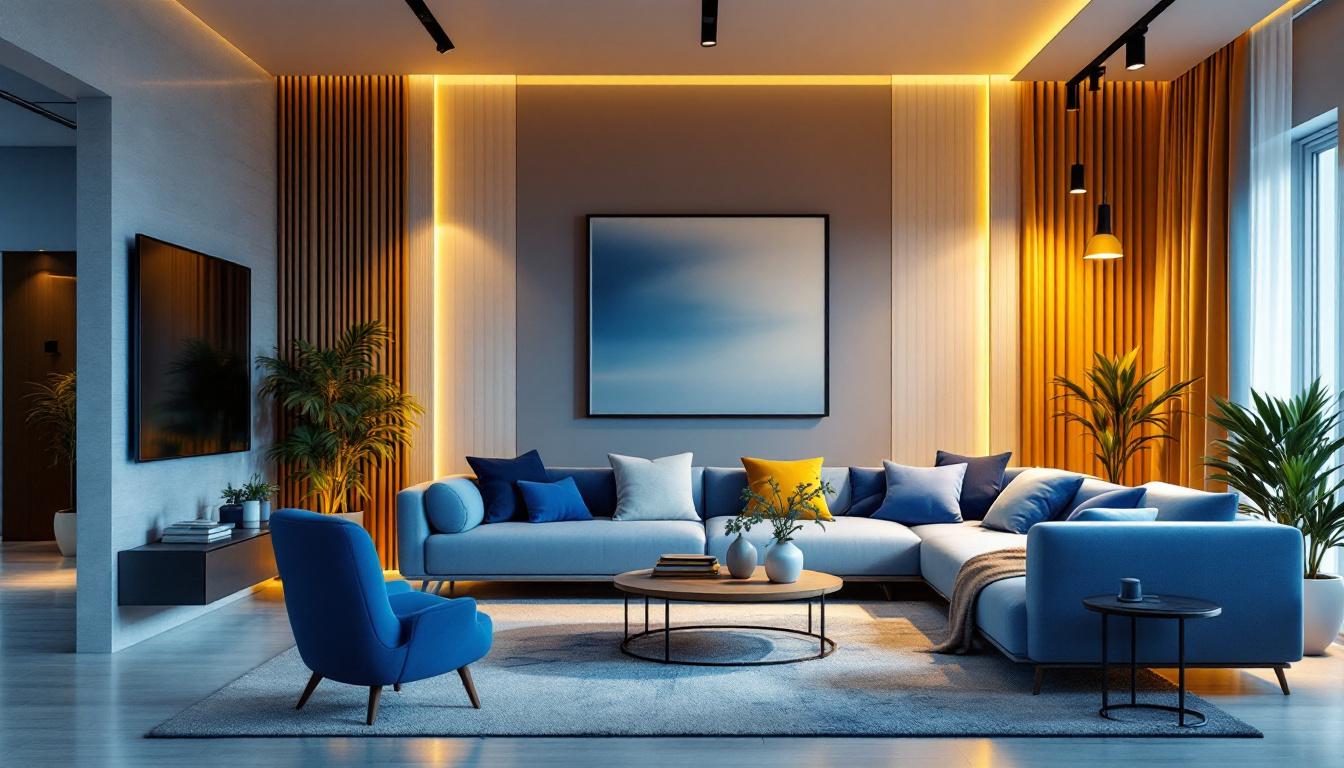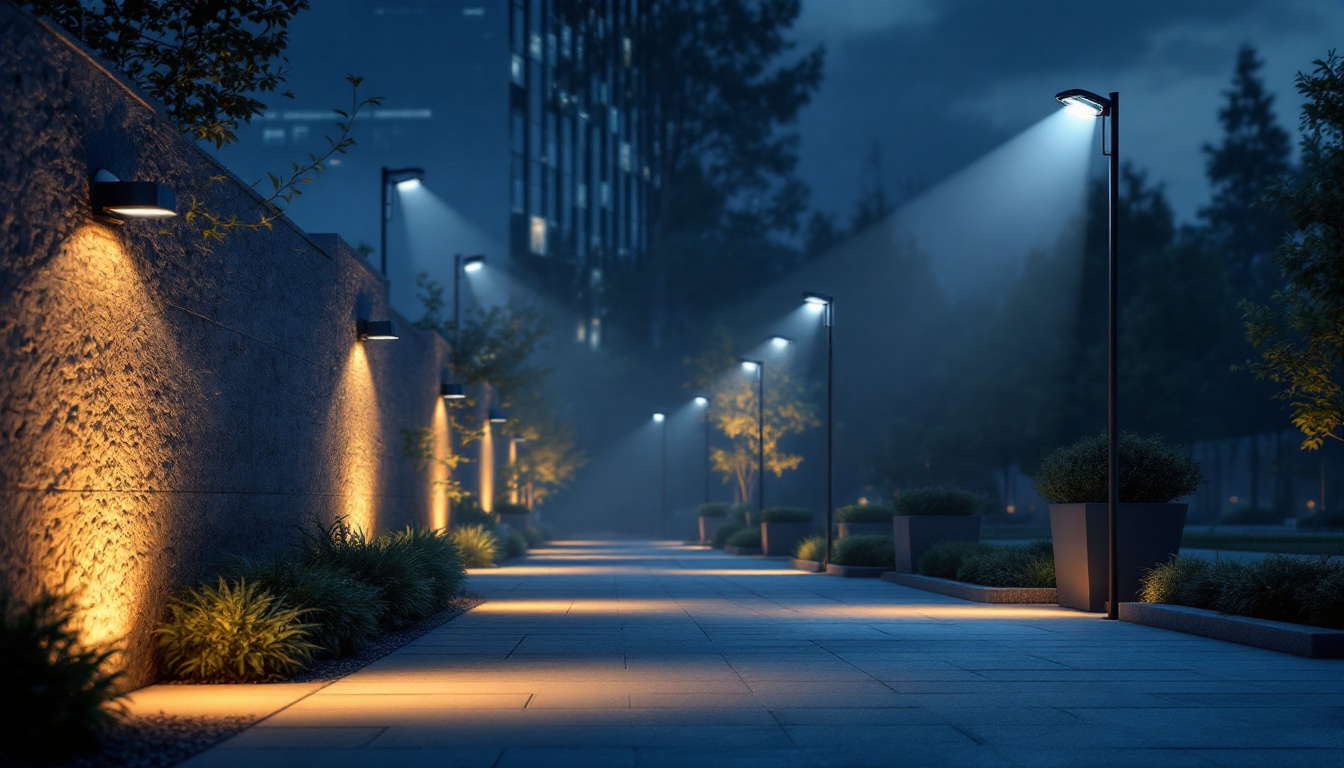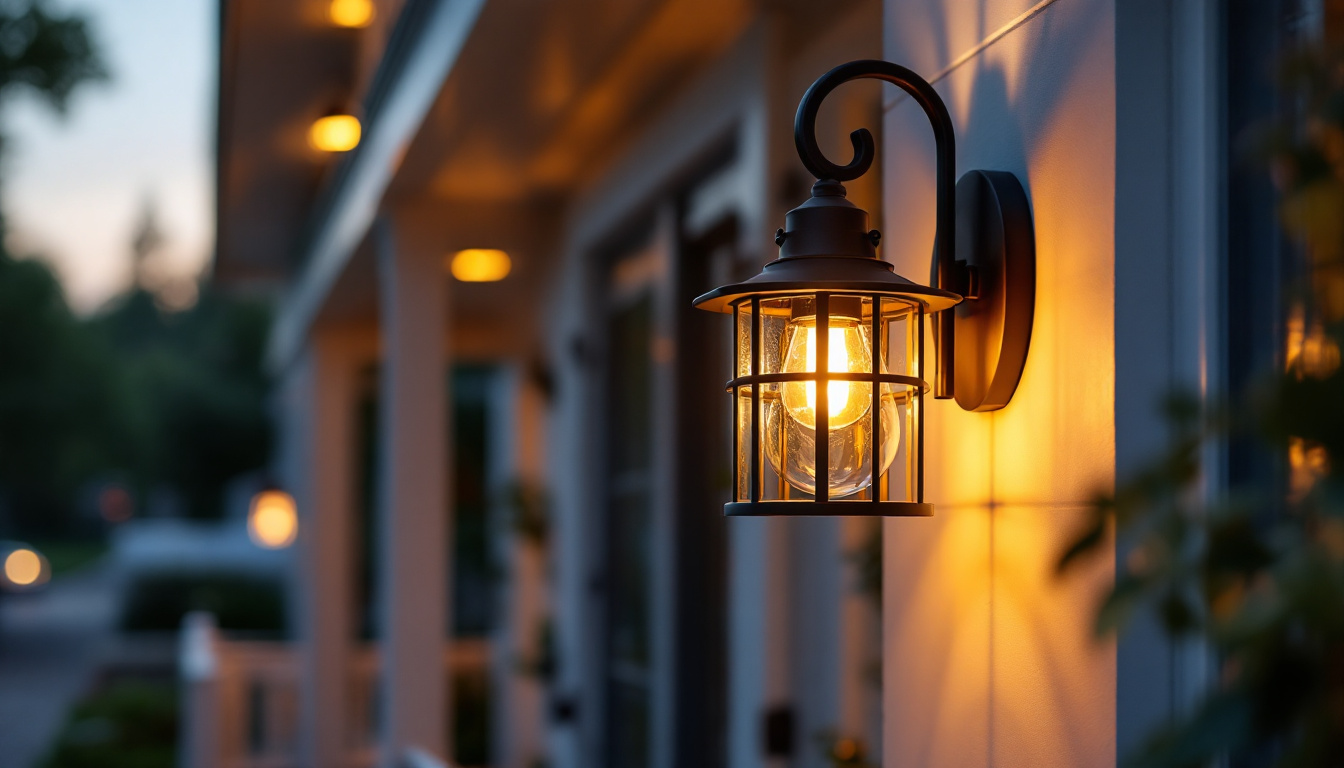
In the realm of interior design, lighting plays a pivotal role in enhancing the aesthetic appeal and functionality of spaces. For lighting contractors, understanding how to integrate lighting with furniture can elevate their projects and provide clients with a more cohesive design. This article delves into the nuances of lighting in furniture, offering insights and strategies for lighting contractors to master this essential aspect of their craft.
Lighting is not merely a functional necessity; it is a design element that can transform a space. When it comes to furniture, the right lighting can highlight textures, colors, and shapes, creating a dynamic visual experience. For lighting contractors, recognizing the importance of this interplay can lead to more successful installations and satisfied clients.
Proper lighting can enhance the aesthetic appeal of furniture by drawing attention to its unique features. For instance, a well-placed spotlight can accentuate the grain of a wooden table or the curves of a modern chair. Lighting contractors should consider the style and materials of the furniture when determining the type and placement of lighting fixtures.
Moreover, different types of lighting—ambient, task, and accent—serve various purposes. Ambient lighting provides overall illumination, task lighting focuses on specific areas, and accent lighting highlights particular features. By combining these types effectively, contractors can create a layered lighting scheme that complements the furniture. The interplay of light and shadow can also add depth to a room, making it feel more inviting and spacious. For example, using wall sconces to cast soft light can create a warm glow that enhances the contours of upholstered pieces, making them appear more inviting.
Lighting has the power to set the mood of a space. For instance, warm lighting can create a cozy and inviting atmosphere, while cooler tones can evoke a more modern and sleek vibe. Lighting contractors must be adept at choosing the right color temperature to align with the intended atmosphere of the room.
Additionally, dimmable fixtures can offer flexibility, allowing clients to adjust the lighting according to their needs. This adaptability can be particularly beneficial in multi-functional spaces where the mood may shift throughout the day. For example, a living room might require bright, energizing light during the day for activities like reading or socializing, while a softer, more subdued light may be preferred in the evening for relaxation. Incorporating smart lighting systems can further enhance this versatility, allowing users to change settings with the touch of a button or even through voice commands, seamlessly blending technology with design.
Beyond aesthetics, lighting must also serve functional purposes. For instance, in dining areas, overhead lighting should be bright enough to illuminate the table without being overpowering. Similarly, reading nooks require focused lighting to ensure comfort and usability.
Lighting contractors should collaborate closely with clients to understand how they use their spaces. This insight allows for tailored lighting solutions that enhance both the beauty and functionality of the furniture. For instance, in a home office, a well-placed desk lamp can provide the necessary illumination for focused work, while also complementing the overall design of the room. Furthermore, considering the placement of electrical outlets and the potential for future furniture rearrangements can ensure that the lighting remains effective and aesthetically pleasing, even as the space evolves. By prioritizing both form and function, contractors can create environments that not only look stunning but also cater to the practical needs of their clients.
Understanding the various types of lighting solutions available is crucial for lighting contractors. Each type serves different purposes and can be used in various combinations to achieve the desired effect.
Recessed lighting, or can lights, are a popular choice for modern interiors. They provide a sleek, unobtrusive lighting solution that can be strategically placed to highlight specific pieces of furniture. For example, recessed lights can be installed above a gallery wall to illuminate artwork or above a dining table to create a focal point.
When installing recessed lighting, it is essential to consider the beam angle and spacing to ensure even illumination. Improper placement can lead to shadows or overly bright spots, detracting from the overall design. Additionally, dimmable options can enhance the versatility of recessed lighting, allowing homeowners to adjust the brightness based on the time of day or mood. This adaptability makes recessed lighting an excellent choice for multi-functional spaces, where the ambiance may need to shift from bright and energetic during the day to soft and cozy in the evening.
Pendant lights are versatile fixtures that can add character to any space. They can be used above kitchen islands, dining tables, or even as statement pieces in living rooms. The height and style of pendant lights should be chosen based on the furniture they complement.
For instance, a modern pendant light can enhance a contemporary dining table, while a vintage fixture may suit a rustic farmhouse table. Lighting contractors should also consider the scale of the pendant in relation to the furniture to ensure a harmonious look. Beyond aesthetics, pendant lights can also serve practical purposes; they can be designed to provide direct lighting for tasks such as cooking or reading. Moreover, the use of multiple pendants in a cluster can create a dramatic visual impact, drawing the eye and adding depth to the room’s design.
Table and floor lamps offer flexibility and can be easily moved to different locations as needed. They provide localized lighting that can enhance the functionality of furniture pieces, such as reading lamps beside a sofa or task lighting on a desk.
When selecting lamps, contractors should pay attention to the design and materials to ensure they complement the existing furniture. Mixing styles can create an eclectic look, while matching designs can enhance a cohesive aesthetic. Additionally, the choice of lampshades can significantly affect the quality of light emitted; lighter shades can diffuse light softly, while darker shades may create a more intimate setting. Furthermore, incorporating smart lighting technology into table and floor lamps can provide homeowners with the ability to control brightness and color temperature through their smartphones, adding a modern twist to traditional lighting solutions.
As technology advances, smart lighting solutions are becoming increasingly popular. These systems allow users to control their lighting through apps or voice commands, offering convenience and customization.
Smart lighting can enhance the functionality of furniture by allowing users to adjust brightness and color temperature based on their preferences. For example, a smart bulb in a table lamp can shift from warm to cool light, adapting to different activities such as reading or entertaining.
Moreover, smart lighting can be programmed to create specific scenes, such as a movie night or a dinner party, further enhancing the atmosphere of the space. Lighting contractors should familiarize themselves with various smart lighting systems to provide clients with tailored solutions that meet their needs.
When integrating smart lighting solutions, proper installation is crucial. Contractors must ensure that the wiring and fixtures are compatible with the smart technology being used. Additionally, educating clients on how to use their new systems can enhance their overall satisfaction and ensure they get the most out of their investment.
When planning a lighting design, it is essential to consider the overall layout and flow of the space. Lighting contractors should take the time to analyze how furniture placement impacts lighting and vice versa.
Understanding the spatial dynamics of a room can help contractors determine the best lighting solutions. For example, in smaller spaces, mirrors can be strategically placed to reflect light and create a sense of openness. Conversely, in larger areas, layered lighting can help define different zones and create a more intimate atmosphere.
Additionally, considering the natural light sources in a space can inform the placement and type of artificial lighting used. For instance, areas with ample natural light may require less artificial illumination during the day, while darker corners may need more focused lighting.
The color and material of furniture can significantly influence the choice of lighting. Lighter-colored furniture may benefit from warmer lighting to create a cozy feel, while darker pieces may shine under cooler tones that highlight their richness.
Moreover, reflective materials such as glass or metal can amplify light, creating a brighter environment. Contractors should consider these factors when selecting lighting fixtures to ensure they enhance the furniture rather than overpower it.
Even experienced lighting contractors can fall prey to common pitfalls when integrating lighting with furniture. Being aware of these mistakes can help ensure a successful project.
One of the most frequent mistakes is neglecting to consider the scale and proportion of lighting fixtures in relation to the furniture. A large chandelier may overwhelm a small dining table, while tiny pendant lights may get lost above a grand kitchen island. Ensuring that lighting fixtures are appropriately sized for the space is crucial for achieving a balanced look.
Another common error is failing to utilize layering techniques. Relying solely on one type of lighting—such as overhead fixtures—can lead to a flat and uninviting atmosphere. Incorporating ambient, task, and accent lighting can create depth and interest, enhancing the overall design.
Finally, neglecting to involve clients in the decision-making process can result in a final product that does not meet their expectations. Lighting contractors should encourage open communication and collaboration, ensuring that the client’s vision is reflected in the final design.
Mastering the integration of lighting with furniture is an essential skill for lighting contractors. By understanding the importance of lighting, exploring various solutions, and considering design principles, contractors can create spaces that are both beautiful and functional.
As the industry continues to evolve, staying informed about new technologies and trends will further enhance a contractor’s ability to deliver exceptional results. Ultimately, the goal is to create environments that not only meet the practical needs of clients but also enrich their lives through thoughtful design.
Ready to take your lighting designs to the next level? At LumenWholesale, we provide lighting contractors with the finest spec-grade lighting products at unbeatable wholesale prices. Our commitment to quality and affordability means you can access a vast selection of lighting solutions that meet the highest industry standards, perfect for any project. Say goodbye to inflated markups and hello to hassle-free bulk buying with free shipping. Elevate your lighting game and create stunning, functional spaces with the value and convenience offered by LumenWholesale. Discover our premium lighting options and start transforming your designs today by visiting Wholesale Lighting at the Best Value.

Discover the frequent pitfalls lighting contractors face when using waterproof splice connectors.

Illuminate your outdoor spaces safely and efficiently with our expert guide on security lamps.

Discover how porch solar lights can revolutionize the business model for lighting contractors by cutting costs and enhancing sustainability.

Discover essential insights into porch light fixtures with our comprehensive guide tailored for lighting contractors.